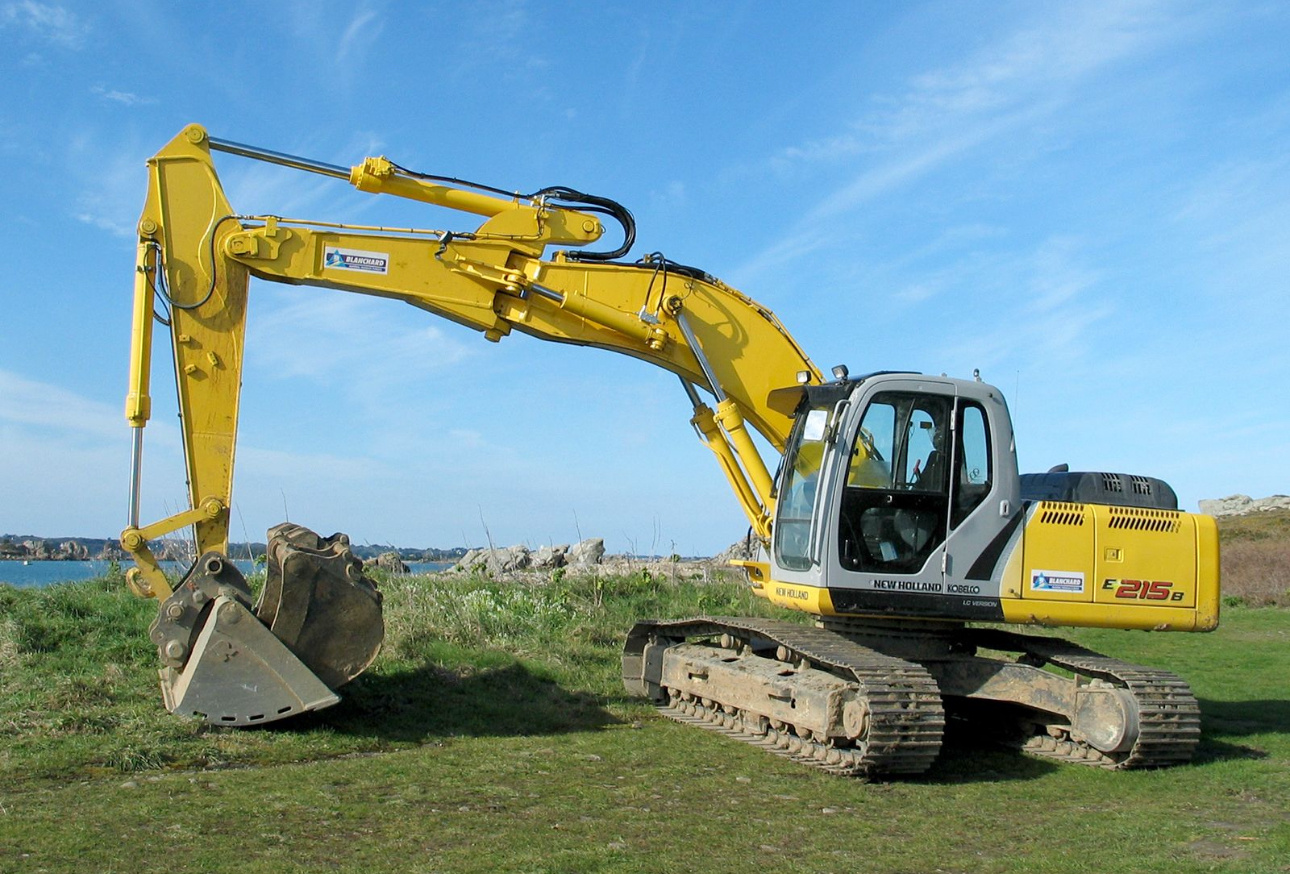Excavators play a crucial role in industries such as construction, mining, and agriculture, and the performance of these machines largely depends on the quality and functionality of their parts. For operators and maintenance personnel, selecting the right components not only ensures efficiency but also extends the service life of the machine and reduces repair costs. In this guide, we’ll walk you through the process of selecting excavator parts based on different needs.
1. Understand Your Equipment’s Requirements
Before purchasing any parts, it’s important to understand the specific needs of your excavator. Key factors to consider include:
• Work Environment: Is the excavator working in sandy, muddy, or rocky terrain? Each environment requires different components. For example, for rocky conditions, parts that are more durable and resistant to impact are necessary.
• Type of Work: The type of tasks the excavator will be performing (e.g., digging, clearing, or pushing dirt) impacts the parts required. Heavy-duty digging might require stronger hydraulic systems and tracks capable of handling more weight.
2. Choosing Hydraulic System Parts
The hydraulic system is one of the most important components of an excavator, controlling its power and operational efficiency. When selecting hydraulic parts, consider the following:
• Hydraulic Pump and Valves: Opt for efficient and stable hydraulic pumps and valves to ensure the power is transferred effectively and with minimal energy loss. Choose the right specifications based on the excavator model and the task’s intensity.
• Hydraulic Cylinders: When choosing hydraulic cylinders, ensure they are capable of withstanding the required pressure and are built to last. High-quality cylinders can operate smoothly even in high-load conditions.
3. Engine and Filter Selection
The engine is the heart of the excavator, and choosing the right engine parts is critical:
• Engine Maintenance: Regularly replace air filters, oil filters, and fuel filters to prevent contaminants from entering the engine and affecting its performance.
• Cooling System: Select efficient cooling components, such as radiators and cooling fans, to keep the engine at optimal temperatures and prevent overheating during heavy-duty work.
4. Bucket and Boom Parts
The bucket and boom are the parts that interact most directly with the work environment. For tasks like digging in rock or hard soil, the quality of these parts is crucial:
• Bucket Material: Choose high-strength alloy steel buckets that are resistant to wear and tear. These are ideal for high-intensity operations and environments that require frequent heavy lifting.
• Boom Design: The boom design should be compatible with the digging depth and load capacity required for the job. This ensures the excavator can handle the task efficiently and safely.
5. Track and Chain Selection
The tracks and chains are essential for the excavator’s mobility. Their durability and stability affect the overall performance of the machine:
• Track Material: When selecting tracks, consider whether you need rubber tracks for softer ground and paved surfaces, or steel tracks for tougher, more rugged terrain.
• Chain Lubrication: The chains should be properly lubricated and maintained to reduce wear and increase the overall efficiency of the excavator’s movement.
6. Sensors and Smart Components
With the rise of technology, smart components are becoming increasingly popular in excavators. These include:
• Sensors and Monitoring Systems: Installing sensors to monitor temperature, pressure, and fuel levels can help ensure the excavator operates efficiently. Real-time data allows operators to address potential issues before they cause major damage.
• Remote Monitoring Systems: High-end parts may offer remote diagnostics via GPS or IoT (Internet of Things) systems, enabling operators to monitor machine performance and detect faults from anywhere.
7. Choosing the Right Supplier and After-Sales Service
Selecting a reliable supplier is crucial to ensuring the quality of the parts:
• Brand and Reputation: Opt for reputable brands with a history of producing high-quality parts. These brands typically offer better performance and reliability.
• After-Sales Support: Check whether the supplier offers comprehensive after-sales services, including installation assistance, warranty, and repair support, in case the parts need attention during operation.
8. Price and Cost Considerations
While the quality of parts is critical, cost is also a significant factor:
• Overall Value: Don’t just opt for the cheapest or the most expensive option. Consider the value of the part, factoring in performance, durability, and the total cost of ownership.
• Long-Term Cost: High-quality parts might have a higher upfront cost, but they can save money in the long run by reducing maintenance and replacement costs due to their durability.
Conclusion
Selecting the right excavator parts involves understanding the specific requirements of your machine and the task at hand, and choosing components that match those needs. By opting for high-quality parts, maintaining them regularly, and choosing trusted suppliers, you can ensure your excavator runs at optimal performance, reducing downtime aand improving overall efficiency.
Contact us:+86 17865576233
Post time: Jul-21-2025

